Qeshm Island, The Paradise of Geologists + Photos
Qeshm Island, located in the serene waters of the Persian Gulf, is a haven for geologists and nature enthusiasts alike. The island’s diverse landscapes, shaped over millions of years, serve as a natural laboratory for studying tectonic activities, erosion patterns, and sedimentary structures. Beyond its geological allure, Qeshm Island is home to a diverse blend of cultures, histories, and ecosystems. Its pristine beaches, mangrove forests, and diverse wildlife further enhance its appeal, making it a must-visit destination for travelers seeking both adventure and insight.
About Qeshm Island
Qeshm Island, the largest island in the Persian Gulf, spans approximately 1,491 square kilometers. Its strategic location near the Strait of Hormuz has historically made it a significant maritime hub. The island’s topography is characterized by rugged mountains, serene beaches, and intricate cave systems, offering a diverse range of natural attractions.
The island’s economy thrives on a blend of traditional and modern sectors. Fishing, shipbuilding, and handicrafts remain integral to local livelihoods, while tourism and free trade zones have ushered in contemporary developments. Qeshm’s commitment to sustainable tourism ensures that its natural and cultural treasures are preserved for future generations.
Qeshm Weather
Qeshm Island experiences a subtropical desert climate, characterized by hot summers and mild winters. Temperatures during the summer months often soar above 40°C, accompanied by high humidity levels. These conditions can be challenging for outdoor activities, making early mornings and evenings more suitable for exploration.
In contrast, the winter months, from November to March, offer pleasant temperatures ranging between 18°C and 25 25°C. This period is ideal for tourists, as the cooler climate allows for comfortable sightseeing and outdoor adventures. Occasional rainfall during this season rejuvenates the island’s flora, adding a touch of green to its mostly arid landscapes.
Qeshm Island Culture & People
The cultural mosaic of Qeshm Island reflects its historical interactions with various civilizations. The island’s inhabitants, primarily of Persian, Arab, and African descent, have cultivated a unique blend of traditions, languages, and customs. This cultural diversity is evident in local festivals, music, dance, and culinary practices.
Traditional attire, such as the colorful “bandari” dresses worn by women, reflects the island’s vibrant heritage. Music and dance play a key role in community gatherings, with performances often accompanied by traditional instruments like the “Ney” and “Dohol.”
The islanders’ warm hospitality and deep-rooted customs offer visitors an authentic cultural experience, making Qeshm not just a destination but a journey into a rich cultural heritage.
Qeshm Island Attractions
Qeshm Island offers many natural wonders and historical sites that attract all types of travelers. One of its most renowned features is the Qeshm Island Geopark, home to some of the rarest geological formations in the world. Tourists are often drawn to the dramatic beauty of Chahkooh Canyon, the mystic aura of the Valley of Stars, and the lush, life-filled Mangrove Forests of Hara, which are the top things to do in Qeshm Island.
Beyond natural attractions, Qeshm also features architectural and cultural landmarks that highlight the island’s storied past. From Portuguese-era forts to traditional coastal villages, every stop tells a story.
The traditional bazaars, brimming with handmade crafts and local delicacies, offer a taste of everyday life on the island. Plus, nearby satellite islands like Hengam offer unforgettable boat trips, dolphin watching, and coral snorkeling experiences that round out the perfect travel itinerary.
Chahkooh Canyon
Chahkooh Canyon is one of Qeshm Island’s most iconic natural landmarks, carved over millennia by wind and water erosion. This magnificent canyon is a true geological marvel, featuring narrow passageways, towering sandstone walls, and bizarrely shaped formations that seem to defy gravity.
As you walk through the winding corridors, you’ll notice intricate patterns on the rock faces, revealing the ancient history of sedimentary layers compressed and sculpted by natural forces.
Visitors often describe Chahkooh as a sacred or spiritual place, not just for its visual splendor but for the profound silence and serenity it offers. Early mornings are especially magical, when sunlight filters through the canyon’s narrow slits and casts golden patterns on the ground.
While it’s a favorite among photographers and hikers, it’s also an open-air classroom for geology enthusiasts who wish to explore the Earth’s dynamic processes in action. Don’t forget to wear comfortable shoes and bring plenty of water—the terrain, though mesmerizing, is rugged and raw. (See Location on Map)
Valley of Stars
The Valley of Stars, or “Darreh Setareh-ha,” is one of Qeshm’s most otherworldly attractions and a dream for both photographers and geologists. This surreal landscape was formed by centuries of rain and wind erosion, resulting in spiky pinnacles, mysterious hollows, and mushroom-like rock formations.
Legend has it that a star once fell on this spot, giving rise to the unusual terrain. When you stand among its ghostly silhouettes, it’s easy to believe that some cosmic force once touched this ground.
As daylight fades, the Valley of Stars takes on an entirely different persona. Under the clear desert sky, the rock formations cast long shadows, and the area is transformed into a natural planetarium. Stargazers find it an ideal location due to minimal light pollution.
Explore its nooks by day or marvel at the constellations by night, and the valley promises a sense of wonder that lingers long after you’ve left. (See Location on Map)
Hara Mangrove Forests
The Hara Mangrove Forests on Qeshm Island are a remarkable ecological sanctuary that offers both beauty and biodiversity. Covering around 8,000 hectares, this unique marine ecosystem is formed by Avicennia marina trees, which thrive in saltwater and support a vast range of wildlife. At high tide, the roots of these trees are submerged, creating an ethereal floating forest that can be explored by kayak or boat.
Bird watchers will find the mangroves a paradise, especially during migration seasons when species like herons, flamingos, and egrets visit in large numbers. It’s also a safe haven for fish, crabs, and even dolphins that swim through the waterway. This fragile ecosystem is protected under the Qeshm Geopark initiative, ensuring that tourism remains sustainable. (See Location on Map)
Qeshm Island Geopark
Qeshm Island Geopark is a significant site of natural history, recognized by UNESCO as the first geopark in the Middle East. Spanning the entire island, the geopark includes a variety of geological formations that narrate millions of years of Earth’s evolution.
From salt domes and erosion-formed valleys to pristine beaches and fossil beds, every site within the geopark offers a fascinating glimpse into geotectonic and sedimentary processes. The park is not just a destination for academics but a living classroom for curious travelers.
What sets the Qeshm Geopark apart is its integration of conservation with community development. Local people are actively involved in guiding tours, managing eco-lodges, and preserving cultural heritage. Interpretive centers scattered across the island educate visitors about the ecological and geological significance of each location.
The geopark’s responsible tourism approach ensures that these natural treasures are protected for future generations, while also empowering the local economy. Visiting this geopark is a profound reminder of the planet’s ancient past—and our role in shaping its future. (See Location on Map)
Qeshm Island Hotels
Qeshm Island offers a diverse range of hotels and accommodations suited for every kind of traveler, from budget backpackers to luxury lovers. In Qeshm City, you’ll find well-equipped modern hotels with international amenities like Wi-Fi, rooftop restaurants, and concierge services. These are ideal for those who want proximity to shopping centers, ferry terminals, and cultural sites. Popular hotels such as the Arta Hotel and Khalij Fars Hotel provide comfort and convenience wrapped in traditional Iranian hospitality.
For a more immersive experience, eco-lodges and boutique guesthouses are scattered around the island, particularly near attractions like the Valley of Stars and the mangrove forests. These stays are often family-run, offering home-cooked meals, guided excursions, and a taste of local life.
Guests are treated not just as customers but as part of the community. The growing popularity of these sustainable stays also reflects a shift toward responsible tourism, where every stay supports the preservation of Qeshm’s culture and environment.
Qeshm Airport
Qeshm International Airport serves as the primary air gateway to the island and is well-connected to major Iranian cities like Tehran, Shiraz, and Isfahan. Located just a short drive from Qeshm City, the airport is modest in size but efficient in operations, handling both domestic and some international flights. Travelers can expect smooth customs procedures, well-maintained waiting areas, and basic amenities such as car rentals, snack shops, and taxi services.
As Qeshm continues to grow as a tourist and trade hub, the airport is undergoing gradual expansions to accommodate rising passenger numbers. Plans include updated terminals, enhanced flight schedules, and improved transport links across the island. With friendly staff and a scenic aerial view of Qeshm’s coast upon arrival, the airport provides a welcoming first impression. Whether you’re landing for business or leisure, Qeshm Airport offers a convenient and reliable entry point into this enchanting island.
Qeshm Island Map
A map of Qeshm Island reveals a destination bursting with diversity and adventure. Stretching like a sleeping dolphin across the Persian Gulf, the island is filled with topographical contrasts, from mountainous ridges and canyons in the west to coastal plains and mangrove swamps in the east.
Major landmarks such as Chahkooh Canyon, the Valley of Stars, and the Naz Islands are clearly marked, making it easier for visitors to chart their exploration paths. Using a detailed map also helps in uncovering hidden gems like local villages, archaeological sites, and traditional markets off the tourist radar.
Last Words
Qeshm Island is more than just a travel destination; it’s a multi-sensory experience where nature, history, and culture converge. From geological marvels like the Valley of Stars and Chahkooh Canyon to cultural treasures found in the island’s traditions and people, every part of Qeshm tells a unique story. It’s a place where the earth’s deep past meets vibrant contemporary life, wrapped in the warm hospitality of its residents.
Are you planning to travel to Iran and looking for an Iran travel agency? Check out our Qeshm island tour and feel free to contact us.

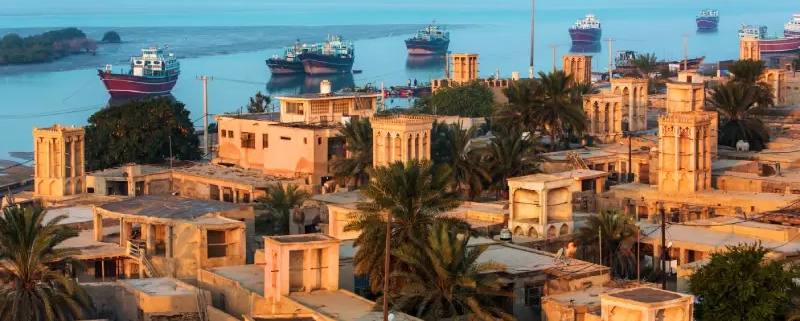

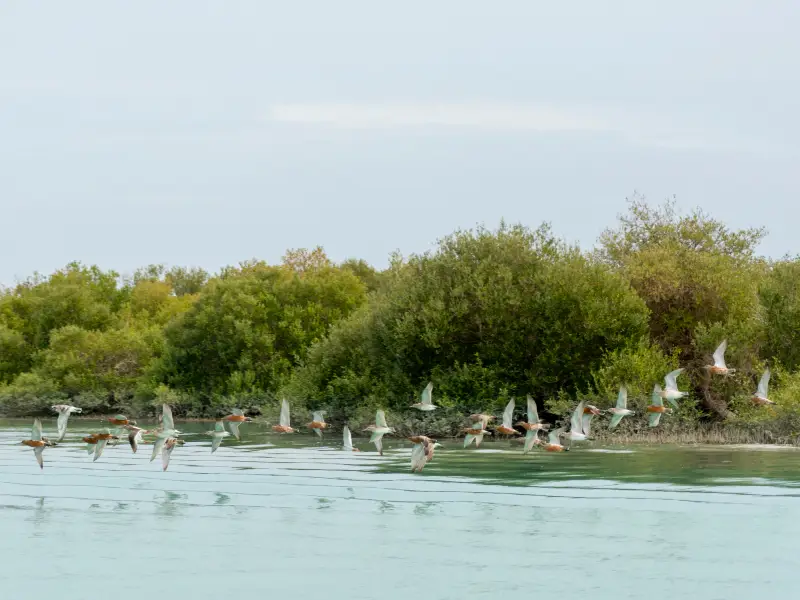
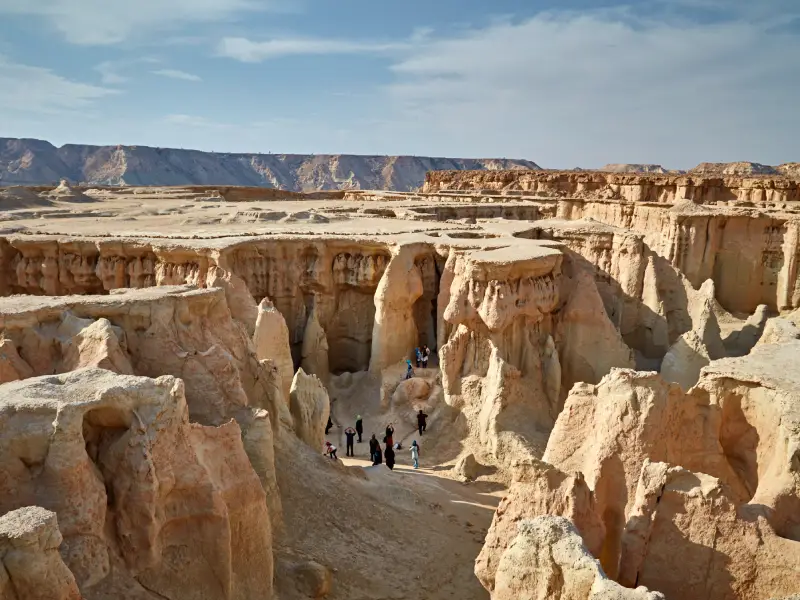
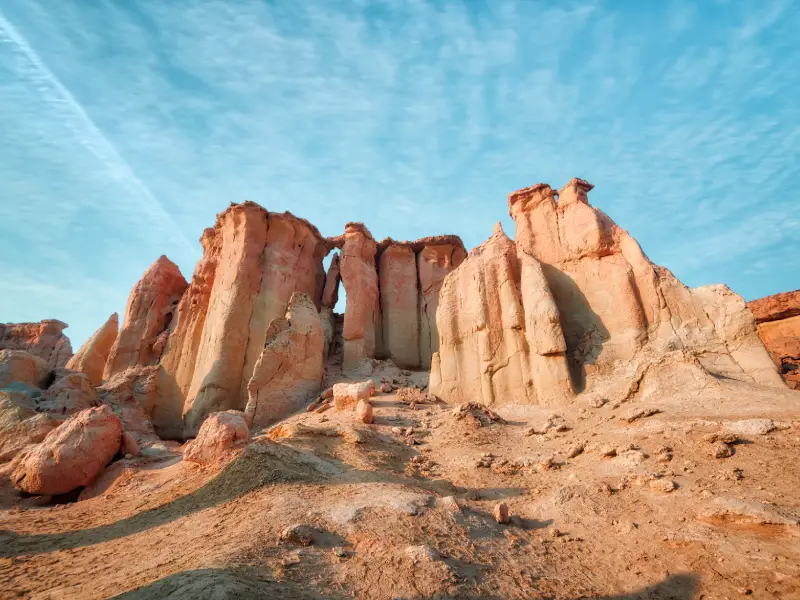
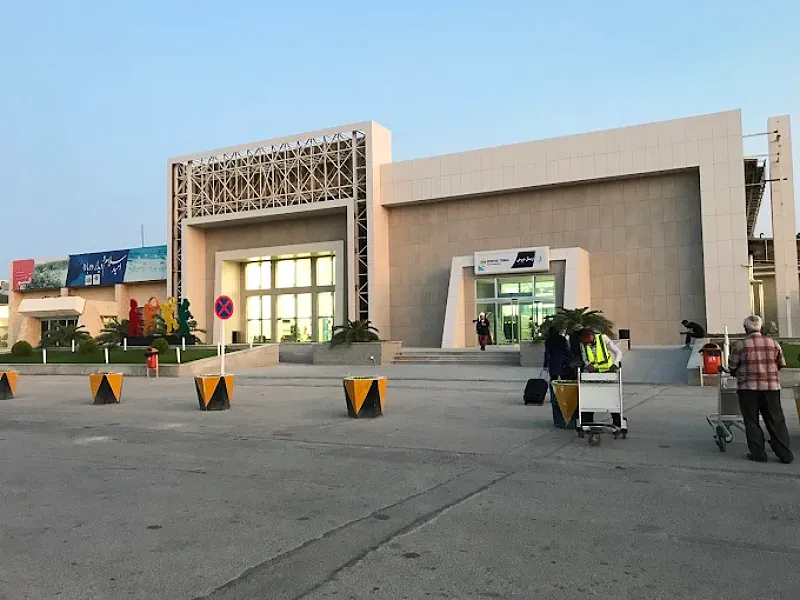
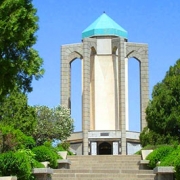

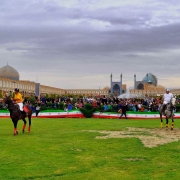
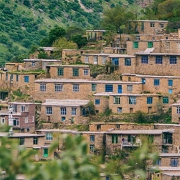
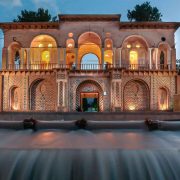
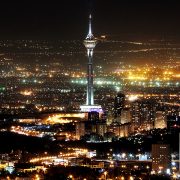
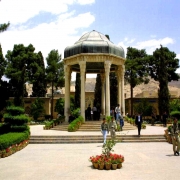


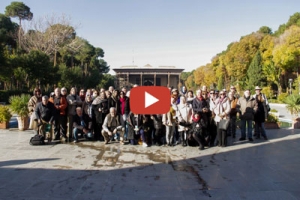


Leave a Reply
Want to join the discussion?Feel free to contribute!